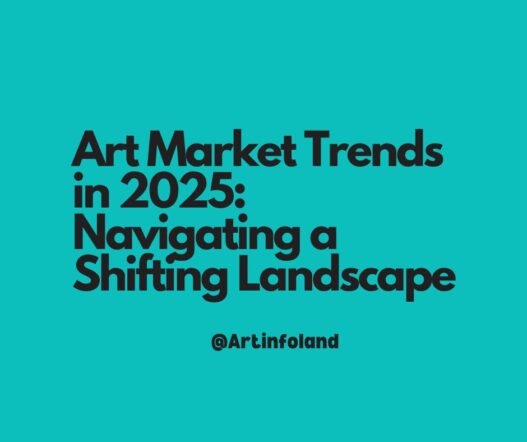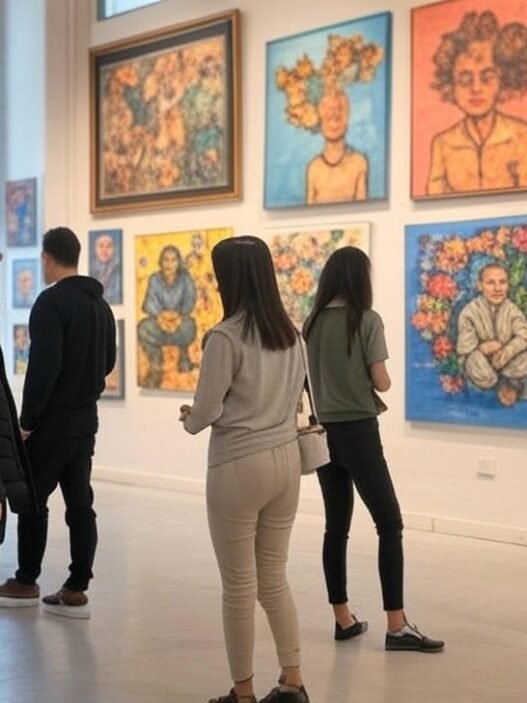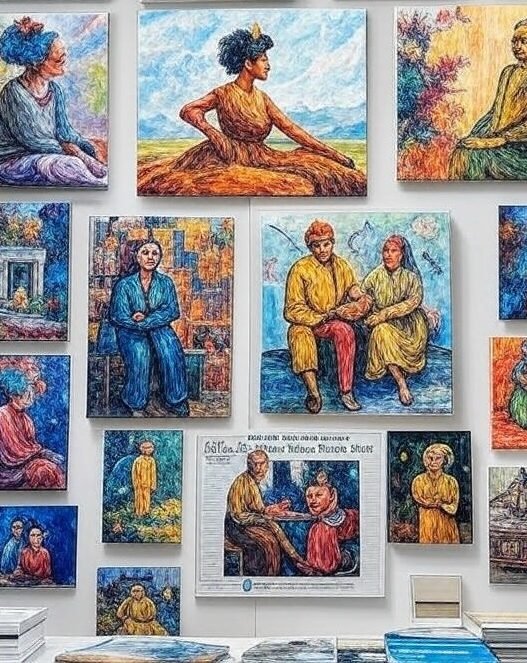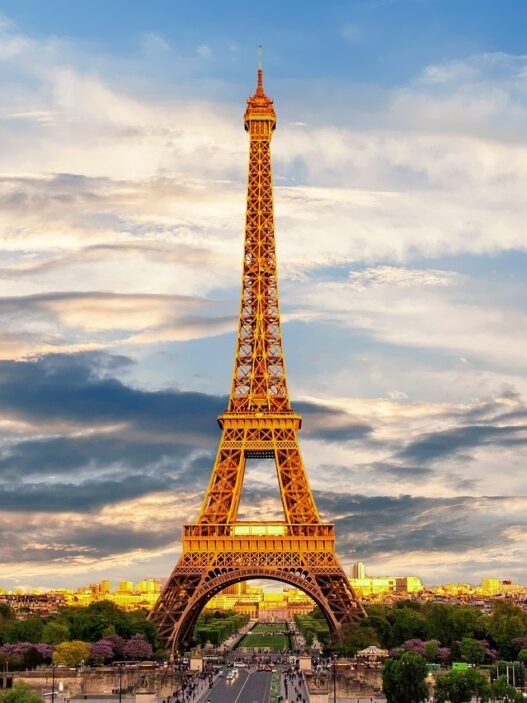The art market in 2025 is a dynamic arena, shaped by economic challenges, technological innovation, and evolving cultural priorities. As global sales contract and new trends emerge, collectors, investors, and artists are adapting to a rapidly changing landscape. Here’s a deep dive into the key trends defining the art market this year.
A Cooling Market with Resilient Pockets
The global art market is facing headwinds, with sales dropping 12% in 2024 to $57.5 billion, according to the Art Basel and UBS Global Art Market Report 2025. This marks the second consecutive year of decline, driven by a cooling high-end market and fewer blockbuster sales. Only one nine-figure lot sold at auction in 2024—René Magritte’s L’empire des lumières for $121 million—compared to six in 2022. Despite this, lower-priced segments are thriving, with global transactions rising 3% to 40.5 million, reflecting a growing appetite for affordable works. Posts on X echo this shift, noting a structural change where high-end sales wane while mid-tier and entry-level pieces gain traction.
The Rise of the Global South
Art from the Global South is capturing global attention, building on the momentum from Adriano Pedrosa’s 2024 Venice Biennale, which showcased a record number of Latin American artists. Events like SP-Arte in Brazil are seeing robust sales, driven by international collectors eager to explore diverse voices. This trend highlights a broader cultural shift toward inclusivity, with galleries and fairs increasingly prioritizing artists from regions like Africa, Latin America, and South Asia. South Asian art, in particular, set multiple auction records during Asia Week in New York, signaling strong investor interest.
AI’s Expanding Influence
Artificial intelligence is transforming the art market, both as a creative tool and a point of contention. Exhibitions like Jeu de Paume’s “Le Monde Selon L’IA” spotlight AI-generated art, while Christie’s hosted its first AI-only auction in February 2025, featuring works by artists like Refik Anadol. However, AI’s role isn’t without controversy—6,000 artists recently petitioned to ban Christie’s AI art auction, fearing it could depress prices for traditional art and marginalize creators. Meanwhile, AI is enhancing authentication and market analysis, with tools providing real-time pricing and predictive analytics, empowering collectors and galleries to make data-driven decisions.
Regional Hubs and Market Fragmentation
Geopolitical tensions and trade barriers are fragmenting the global art market, pushing buyers toward regional hubs. The U.S. remains the largest market at 43% of global sales, but its value dropped 9% to $24.8 billion. China’s market contracted sharply by 31% to $8.4 billion, while the UK reclaimed second place with 18% of sales. Emerging hubs like Saudi Arabia and India are gaining traction, with events like Art Week Riyadh showcasing local talent. Galleries are adapting by focusing on local markets, mitigating risks from international uncertainties while fostering community engagemen.
Looking Ahead: Cautious Optimism
Despite challenges, the art market shows signs of resilience. Smaller galleries are outperforming larger ones, and 33% of dealers expect improved sales in 2025 as interest rates fall and political uncertainties ease. The rise of private sales, valued for their discretion, is also a growth driver, particularly in the mid-tier segment. For collectors and investors, the key is adaptability—diversifying into emerging artists, regional markets, and digital platforms could unlock new opportunities in this evolving market.
The 2025 art market is a story of transition, where economic pressures meet cultural and technological innovation. Staying informed and agile will be crucial for navigating this shifting terrain.
References
- Art Basel and UBS Global Art Market Report 2025, published March 2025, provides comprehensive data on global sales, market segments, and dealer sentiment.
- The Art Newspaper articles from March and April 2025, covering SP-Arte in Brazil, AI exhibitions at Jeu de Paume, and antiques sales at Tefaf Maastricht.
- Social media insights from X, reflecting discussions on AI’s impact, South Asian art auction records, and market shifts toward affordable works, gathered in early April 2025.


















